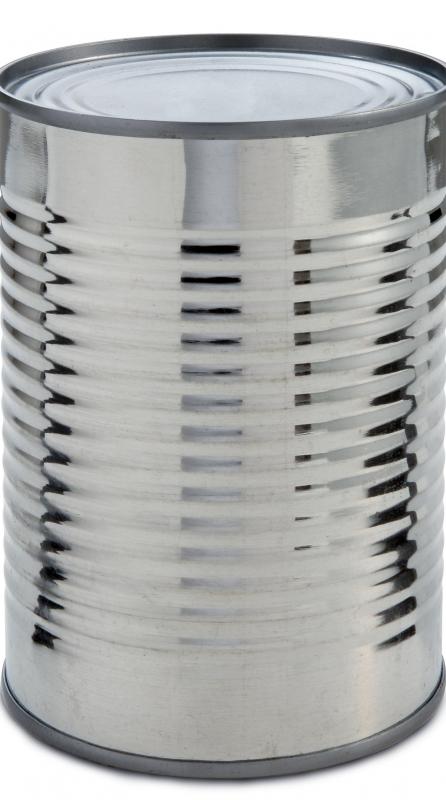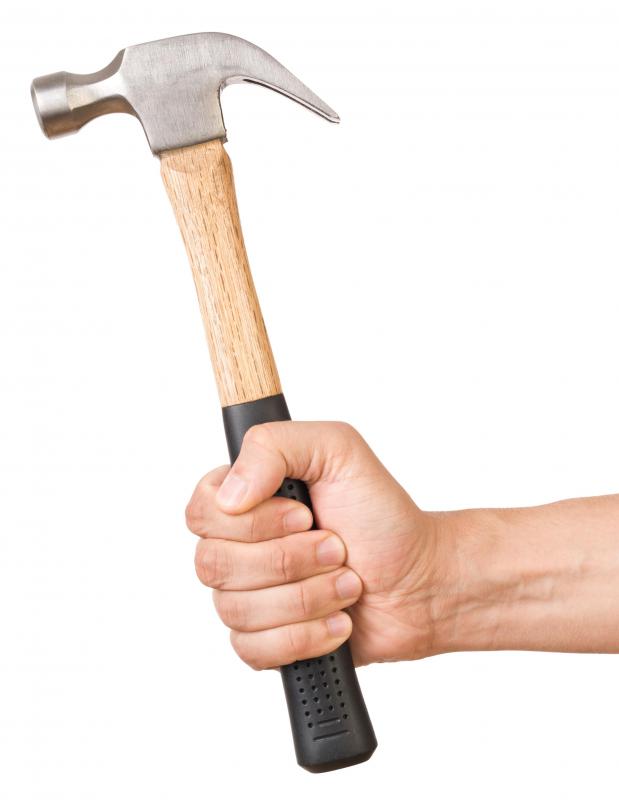At HomeQuestionsAnswered, we're committed to delivering accurate, trustworthy information. Our expert-authored content is rigorously fact-checked and sourced from credible authorities. Discover how we uphold the highest standards in providing you with reliable knowledge.
What Is Tin Punching?
Tin punching is a method of decorating tin objects by punching holes in them. The origin of the craft is unknown, but it was especially popular in colonial America. Lanterns, boxes and plates are often decorated by punching. Nonfunctional items, such as tin plaques and wall hangings, are also punched to create works of art. Punched tin may also be used to decorate cabinetry, chests, or other items.
In all likelihood, the craft traveled to America with the first European settlers, as there is evidence of early tin lanterns from central Europe. Traditional European lamps differ from North American lamps from the same period in the way they were decorated. European lanterns were often decorated with naturalistic scenes, while North American tin punching focused more on geometric schemes. Lanterns are still a commonly punched tin item that are used to add a rustic, colonial look to a home.

Foot warmers were often decorated as well. These were small tin boxes that would be filled with warm coals to keep travelers warm during winter carriage rides. Before refrigerators became common in households, food tins that held items such as bread would be hung off the ground to deter pests. Often, these tins would be decoratively punched.
Authentic tin lamps and boxes were typically punched with specialized chisels or punches that came in a number of shapes. These punches may be in the shape of semi circles, thin ovals, or different sizes of circles. Other supplies used for tin punching include a hammer to apply pressure to punches, as well as a blank sheet of tin to decorate. Although these tools and supplies are used by professional tin punching artists, amateurs can try tin punching with only a few supplies.

The first step to creating a punched lantern is to acquire an empty, clean tin can with the label removed. The can must be filled with water and left to freeze overnight. The ice inside the can will prevent the tin from bending and becoming dented while it is being punched. Some suggest that a water-filled balloon be placed into the tin instead of the water alone, so the balloon will contain any ice that melts during the crafting process. If a water balloon is to be used, it should be large enough to fill the whole can.
The punching pattern can be designed while the can is freezing. A sheet of scrap paper is cut to the height of the can, and will eventually be wrapped around it. On the paper a geometric design is drawn, with dots marked out where hole punches will be placed.
When the can is frozen, the pattern is taped to the outside of the can. The design is then punched into the tin using a hammer and nail. It is important to maintain even pressure to the hammer strokes in order to create a consistent design. When the pattern is completed, the ice is allowed to melt and the pattern paper is removed. A small candle can then be placed inside the can, creating a lantern.
AS FEATURED ON:
AS FEATURED ON:












Discuss this Article
Post your comments